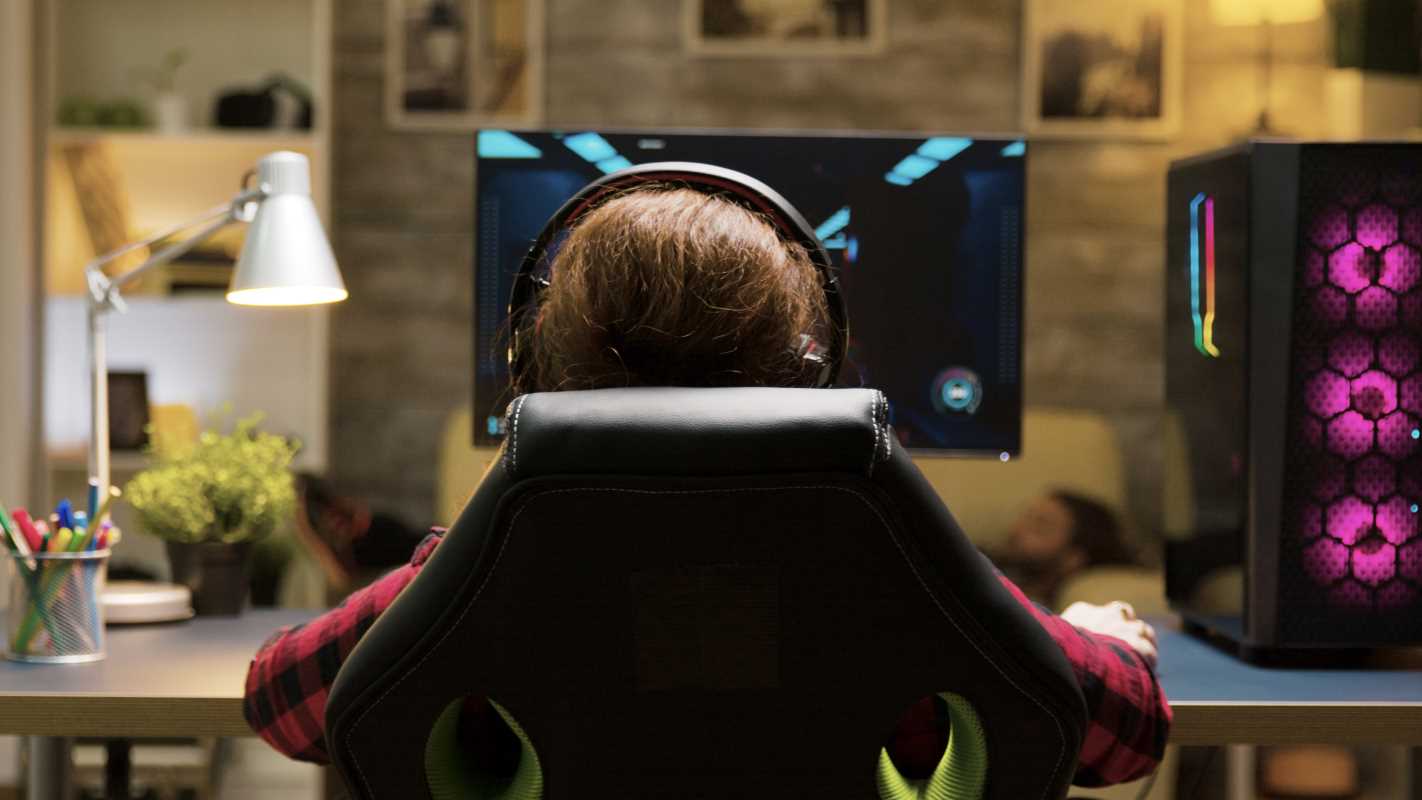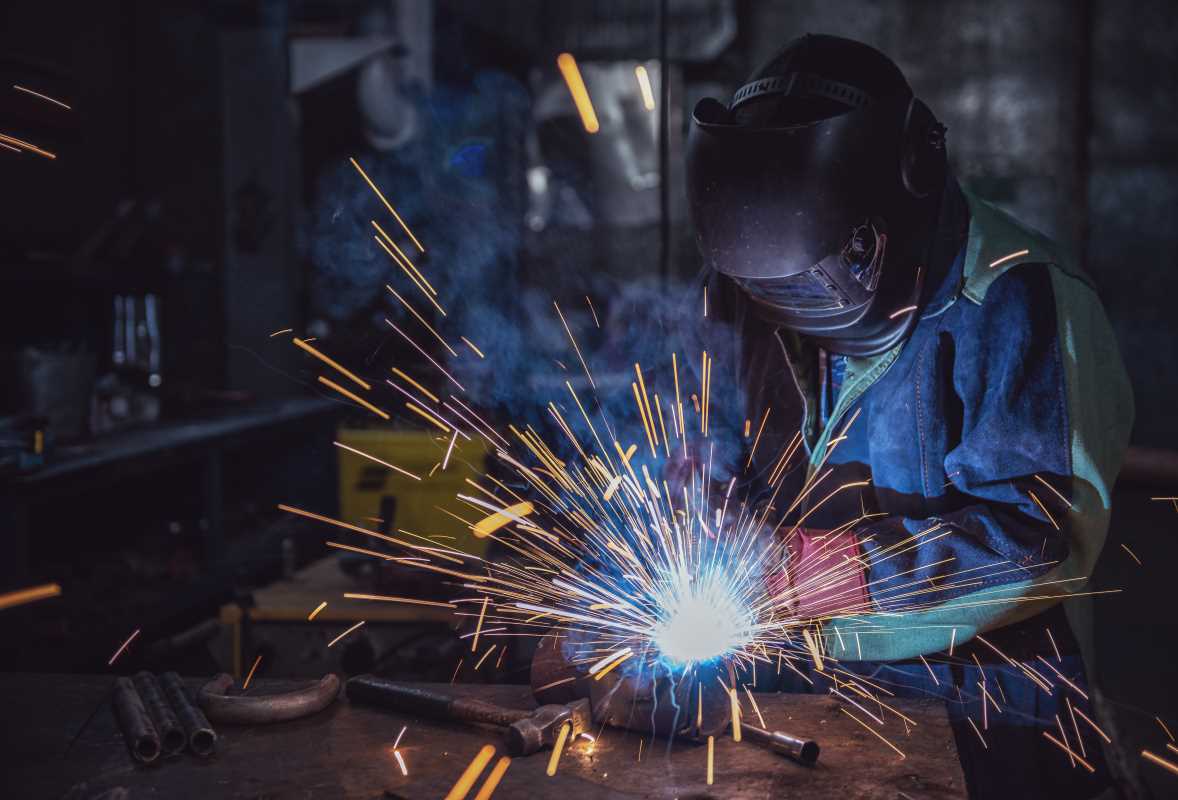When you hear the word "robot," what do you imagine? Maybe it's a helpful droid from a science fiction movie or a giant mechanical arm in a high-tech factory. For a long time, the idea of working side-by-side with robots seemed like something from a distant future. But that future is arriving faster than you might think. Robots are becoming a major part of our world, doing everything from assembling cars and performing delicate surgeries to exploring other planets and vacuuming our living rooms. This explosion in robotics isn't about replacing people; it's about creating entirely new and exciting jobs. As robots become more sophisticated, we need skilled and creative humans to design, build, program, and maintain them. If you've ever been fascinated by technology or dreamed of creating the tools of tomorrow, a career in robotics could be your perfect path.
The Architects of Automation
At the very heart of the robotics industry are the robotics engineers. These are the creative visionaries who design new robots from the ground up. This field is a fascinating blend of different types of engineering, primarily mechanical, electrical, and computer science. A robotics engineer needs to be a master of many trades, responsible for building both the physical body and the digital brain of a robot.
On the mechanical side, they design the robot's physical form. They figure out its size, shape, materials, and how it will move. This involves designing joints, motors, and limbs using computer-aided design (CAD) software to create detailed 3D blueprints. On the electrical side, they create the robot's central nervous system. This means selecting the right sensors so the robot can "see" or "feel" its surroundings and designing the complex circuit boards that power its actions and process information.
Finally, the computer science part involves programming the robot's intelligence. This is where the engineer writes the code that tells the robot what to do, how to react to its environment, and how to learn from its tasks. To become a robotics engineer, you typically need a bachelor's degree in an engineering field, often with a specialization in robotics or mechatronics. It's a challenging and rewarding career for people who love solving complex puzzles and want to invent the future.
The Robot Doctors
Once a robot has been designed and built, it needs to be installed, maintained, and repaired. This is the crucial job of a robotics technician. Think of them as the expert mechanics and doctors for robots. When a robot on a factory assembly line stops working or a sophisticated surgical bot needs to be calibrated, the robotics technician is the one who gets called to fix it. This is a hands-on career for people who are excellent troubleshooters and enjoy working with both hardware and software.
A day in the life of a technician might involve running diagnostic tests on a malfunctioning robot, replacing worn-out gears or motors, or updating its programming. They are the essential link between the engineers who design the machines and the daily operations that rely on them. In a modern warehouse, they are responsible for keeping a fleet of autonomous mobile robots running smoothly to sort and ship packages. In a manufacturing plant, they ensure production never stops.
The path to becoming a robotics technician is often more direct than for an engineer. Many people enter this field with an associate's degree or a certificate from a technical college. These programs offer focused, hands-on training in electronics, mechanics, and computer control systems, preparing students to step right into a high-demand job.
Teaching Machines to Think
A robot's physical structure is only half the equation. What makes today's robots so revolutionary is their intelligence, which is powered by artificial intelligence (AI) and machine learning. An AI specialist is a software developer who creates the complex algorithms that allow robots to perceive the world, make independent decisions, and improve over time.
Instead of writing a rigid set of instructions for every possible scenario, a machine learning specialist builds models that allow the robot to learn on its own. For example, they might "train" a robot to recognize different objects by feeding it thousands of images. Eventually, the robot learns to identify those objects on its own, even if it encounters one from a new angle. This is the same technology that allows a self-driving car to analyze the road and navigate safely through traffic.
This career is a perfect fit for individuals with a strong background in computer science, advanced math, and data analysis. These specialists are constantly pushing the limits of what is possible, working to make robots more adaptable, intuitive, and capable of solving complex, real-world problems. A career in AI isn't just about coding; it's about teaching machines how to think.
The Human-Robot Connection
As robots become more integrated into our homes, hospitals, and workplaces, it is vital that they are easy and safe for people to interact with. This is the domain of the UX/UI designer for robotics. UX stands for "User Experience," and UI stands for "User Interface." These designers are focused entirely on the human side of the technology.
Their job is to answer critical questions: How should a person control this robot? What information does the robot need to communicate to its human operator? How can we make a powerful industrial robot feel safe and predictable to someone working alongside it? A UX designer might observe how people use a prototype, running tests and interviews to find points of confusion. A UI designer then takes that research and creates the interface itself. This could be a touchscreen controller, a smartphone app, or even a system of lights and sounds that clearly communicates the robot's intentions.
 (Image via
(Image via





